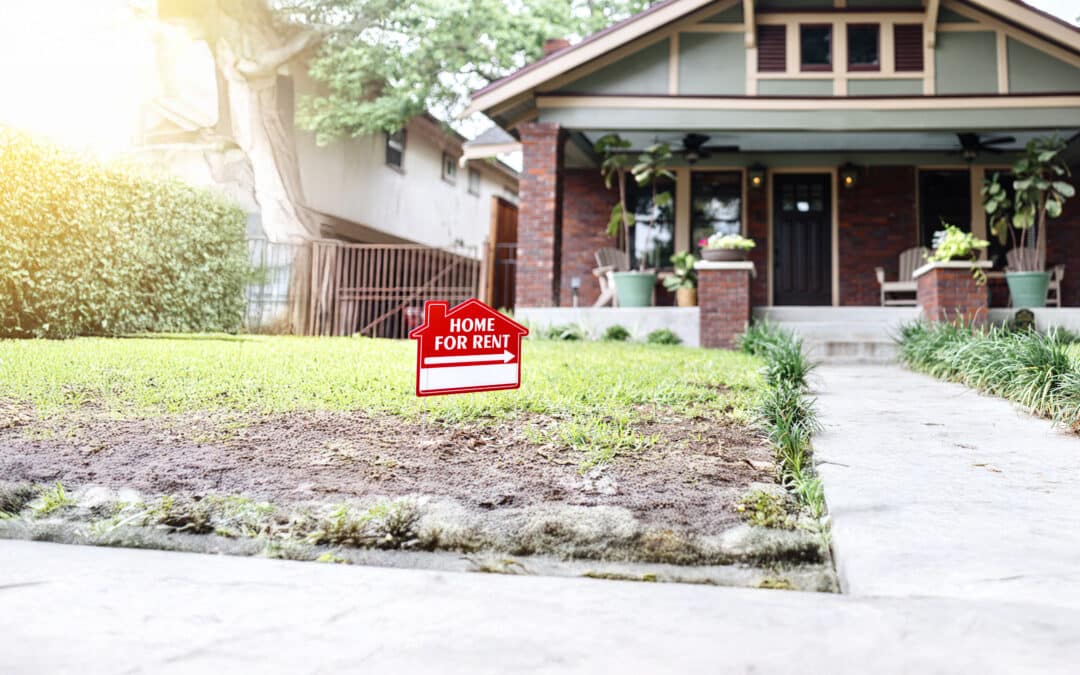It’s easy to assume that just because a property looks good from the outside that the same is true of the inside. But it’s important not to be fooled by great curb appeal. As a rental property owner, you need great tenants. These folks are the ones who will pay their rent on time, take good care of the property, inside and out, and follow all the other lease terms. But not all tenants who seem to be maintaining the property—at least on the surface—are actually holding up their end of the lease.
The sad fact is that a clean and tidy exterior could be hiding any number of lease violations. Some problem tenants are clever enough to realize that if they can keep the visible parts of the property in good shape, their landlord and neighbors may never see what’s going on elsewhere. The home’s interior could be left to accumulate dirt and grime or packed with the tenant’s personal items. Pets could be running rampant through the house, creating messes and damaging walls, floors, and doors. Any or all of these could result in expensive repair issues, which you may or may not be able to get your tenant to pay for.
Even if the tenant is keeping up both the property’s interior and exterior, they could be hiding other lease violations. One very common example is unauthorized tenants. Tenants who rarely see their landlords may assume that they can get away with allowing unauthorized persons to live on the property. They may even be operating an unauthorized business out of the rental home, which could be anything from short-term subletting to businesses of a more illicit nature. Even if you have included clear language in your lease about what counts as authorized use of the property, you may be surprised to learn that your tenant has paid little attention to it.
The good news is that there are easy ways to outsmart a problem tenant. Along with thorough screening checks and a strong, detailed lease, it can be important to conduct a thorough property evaluation every six months. This accomplishes several important things. First, it lets your tenant know that you are checking in with them on a regular basis and that the property is being carefully monitored. This alone may discourage many tenants from violating their lease. But regular property evaluations can also help you keep track of the condition of your property in detail, and catch potential maintenance or repair issues early on. Catching problems early can help keep maintenance costs down and avoid more expensive repairs later.
Finally, regular property evaluations can provide you with more frequent opportunities to resolve issues with your tenant’s behavior when they arise, not months or even years later. If the lease violation is clear and you need to evict, your evaluation can help you know when to act. In such cases, you can then act promptly to help avoid additional losses and quickly get your property rented out to a more conscientious tenant.
To learn more about how we can assist you to ensure that your property looks great both inside and out, contact your nearest independently owned and operated Real Property Management franchise office.























0 Comments